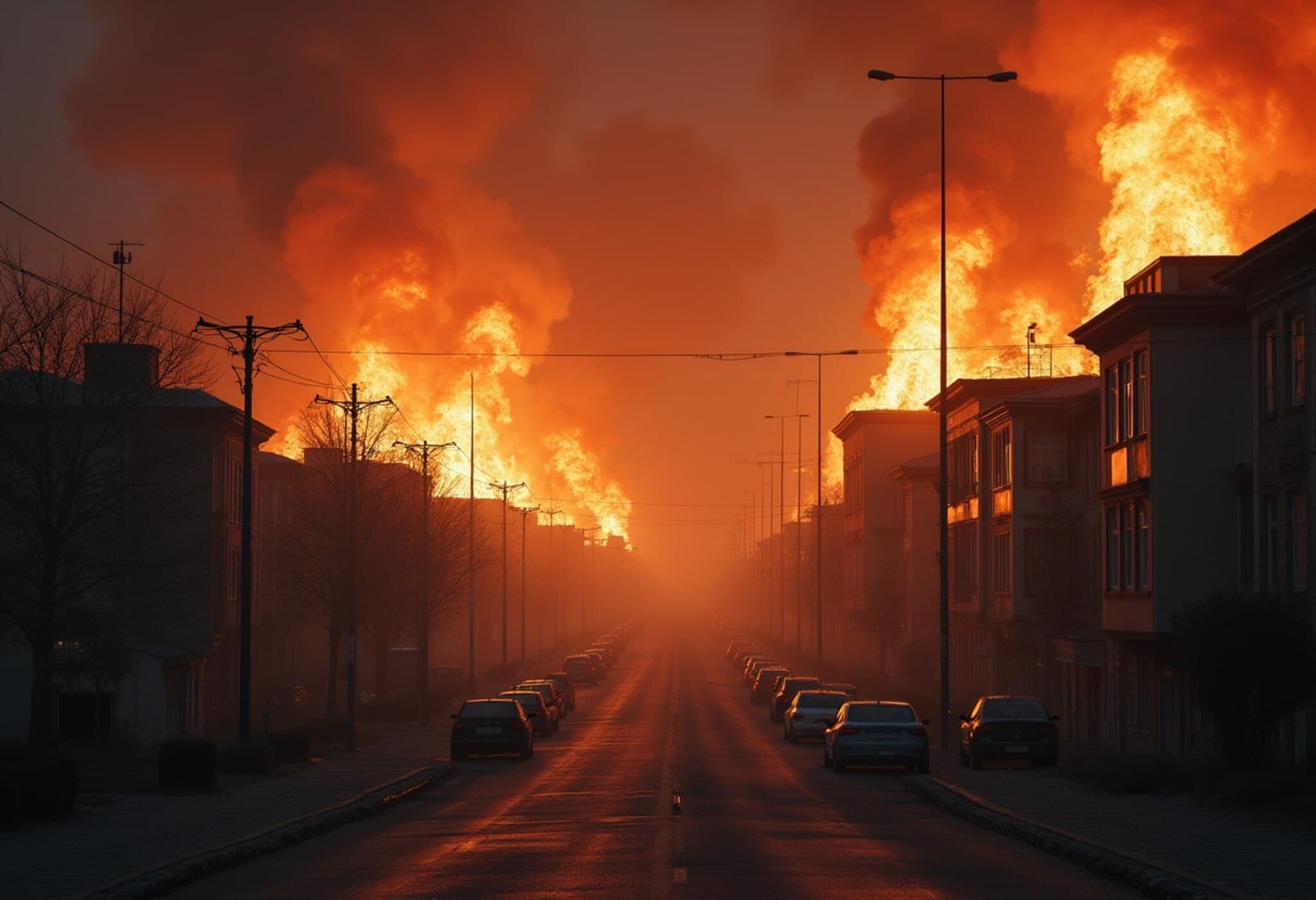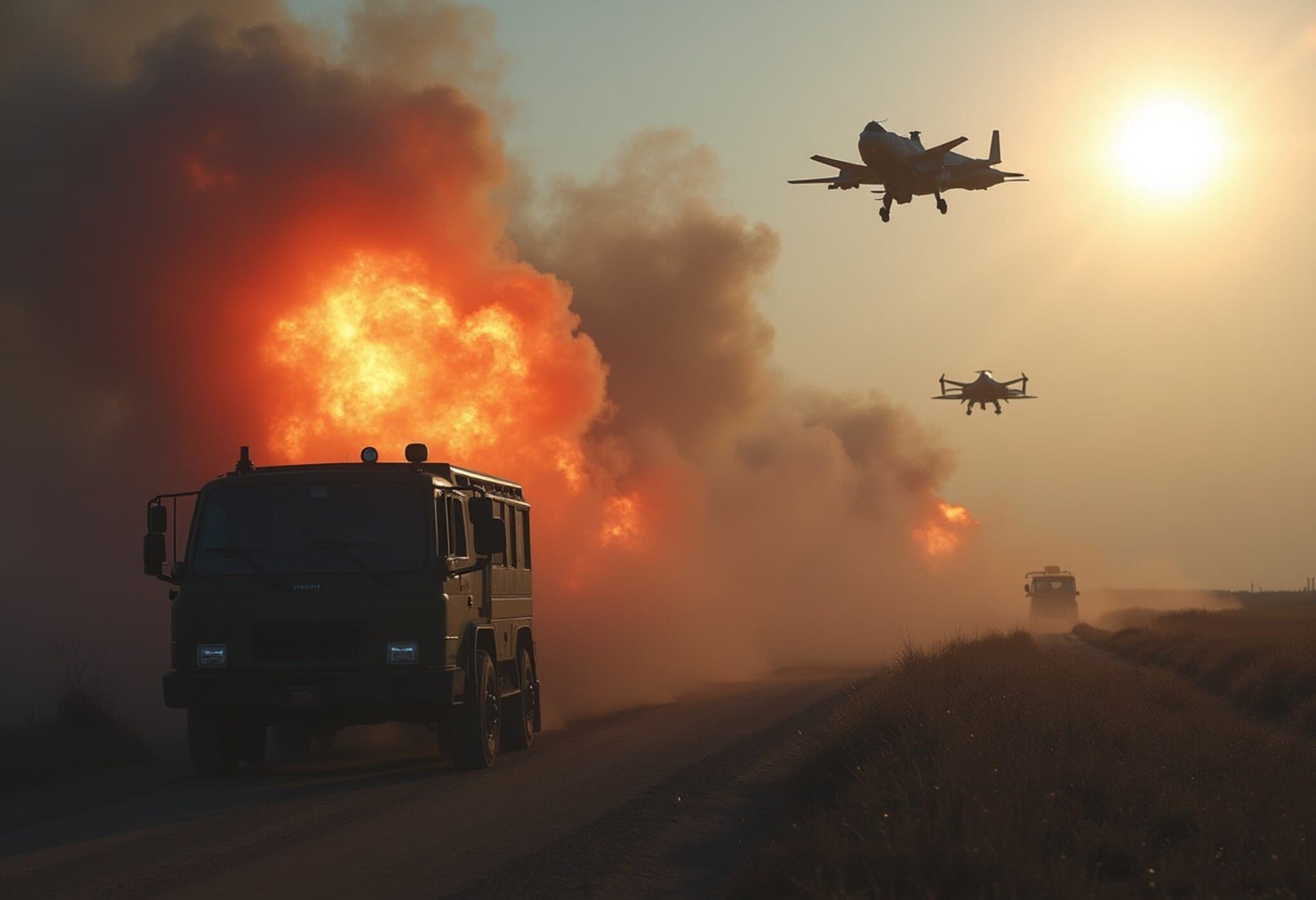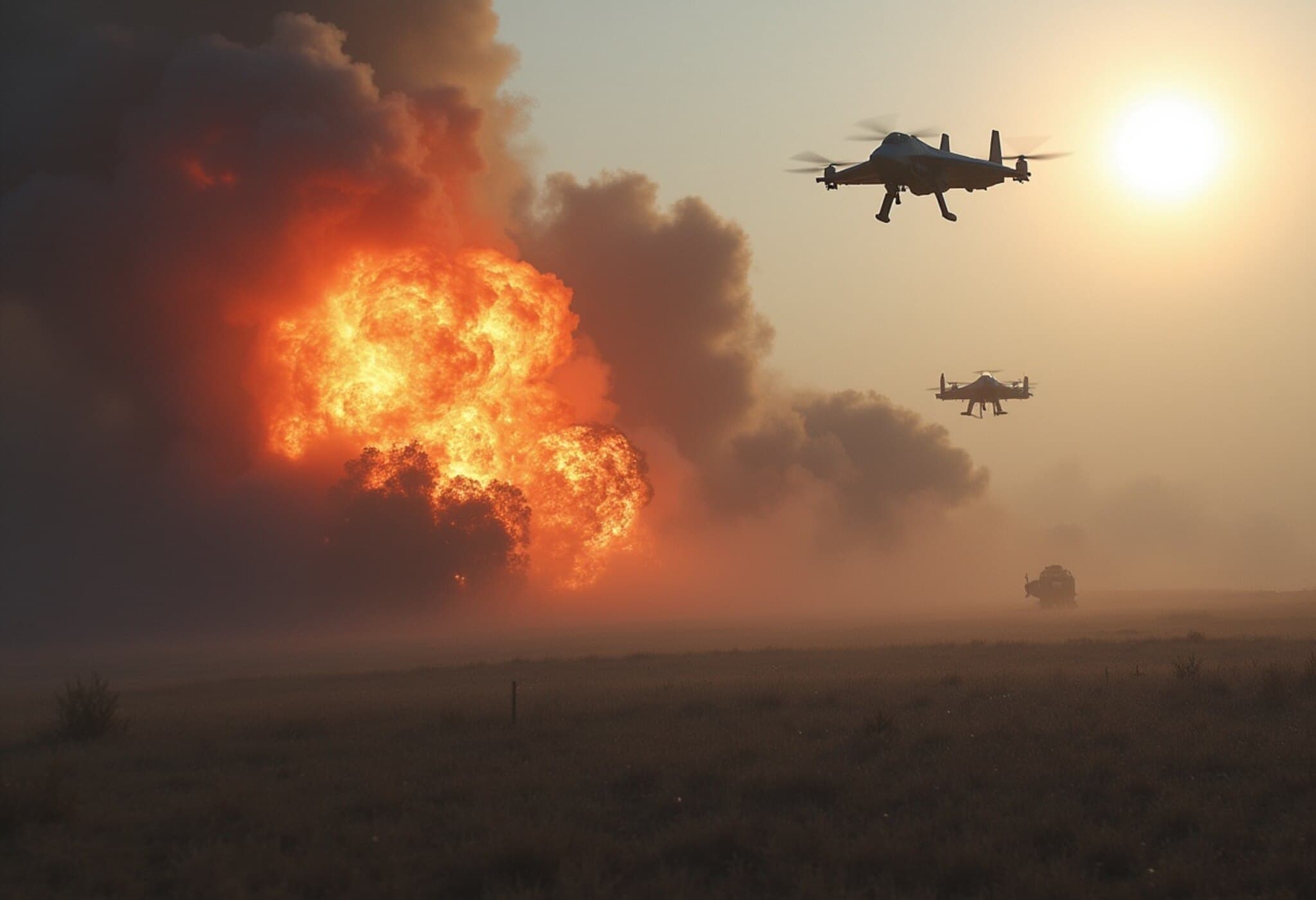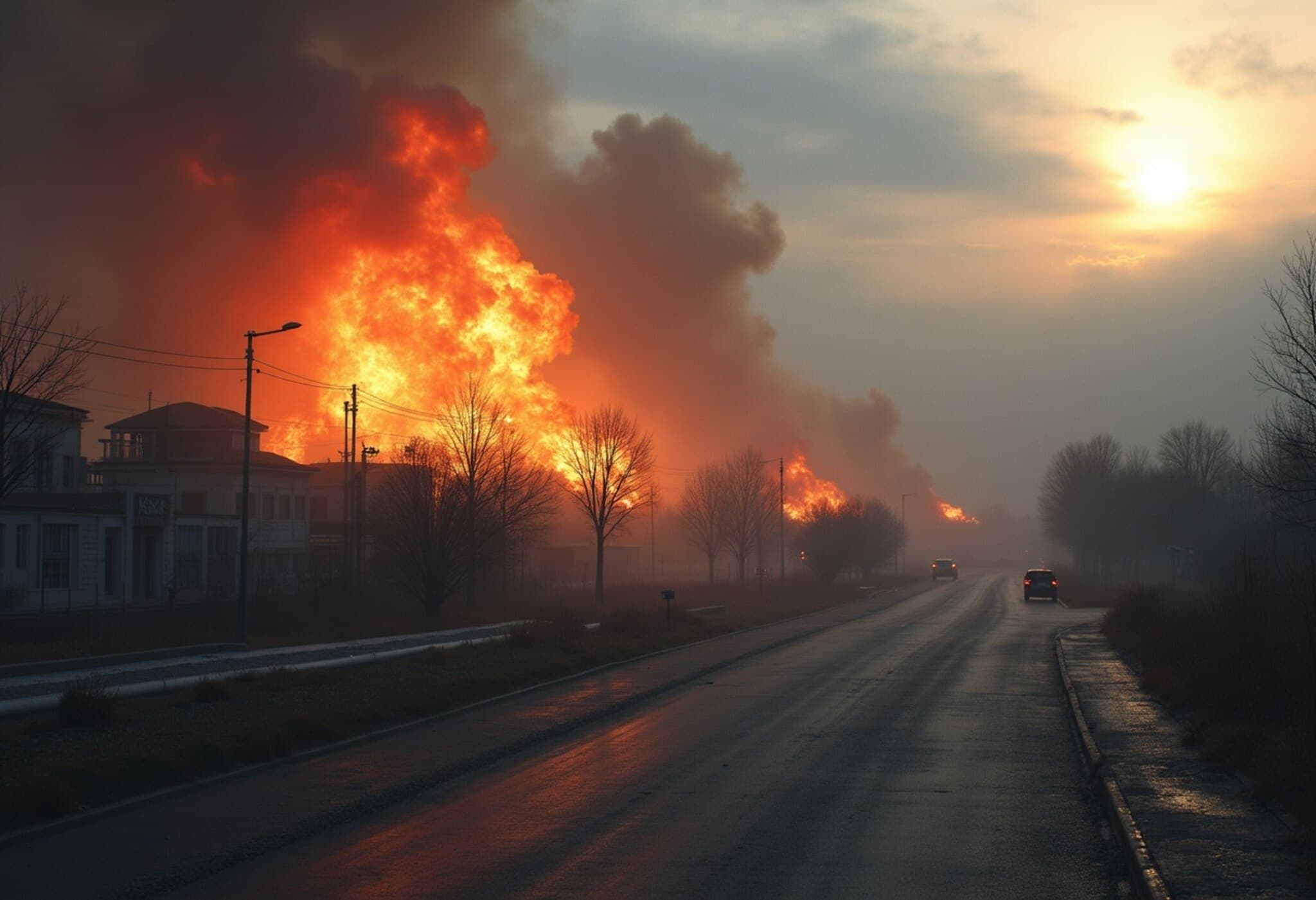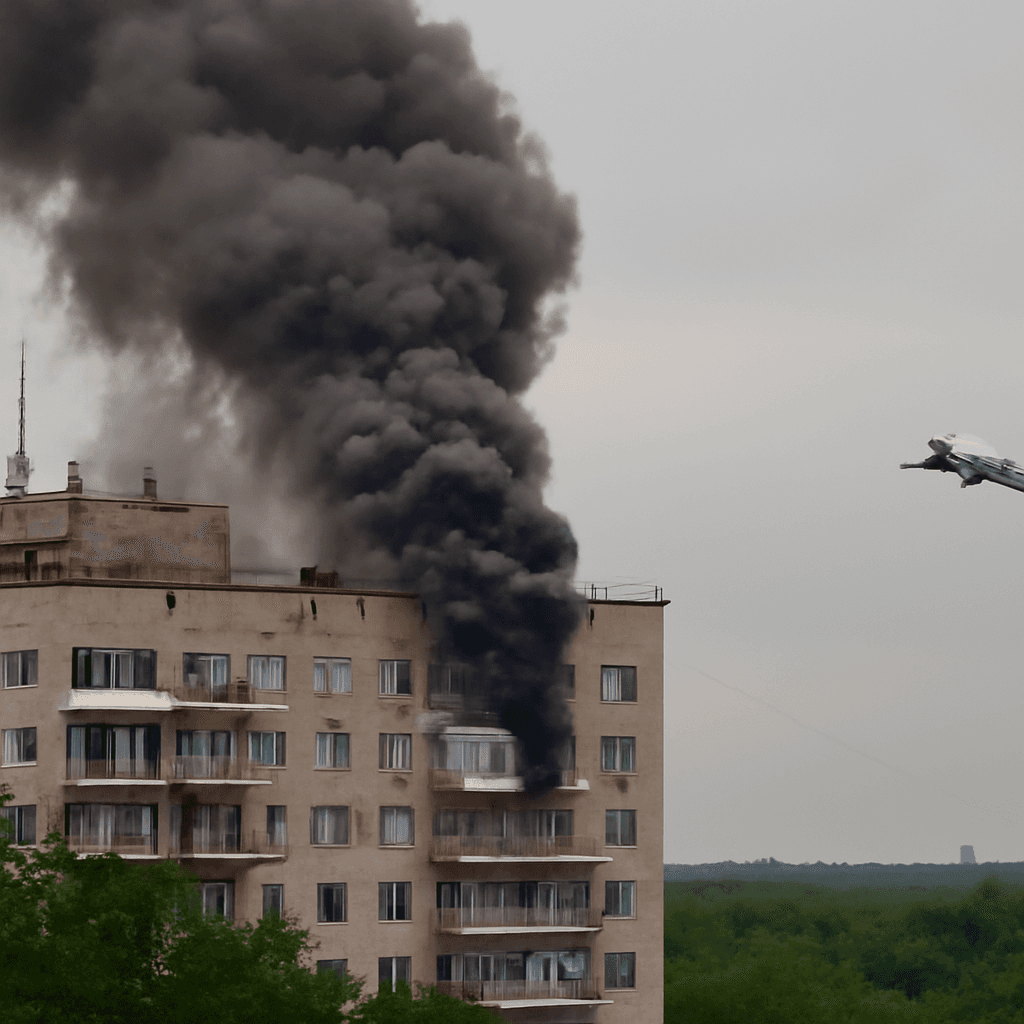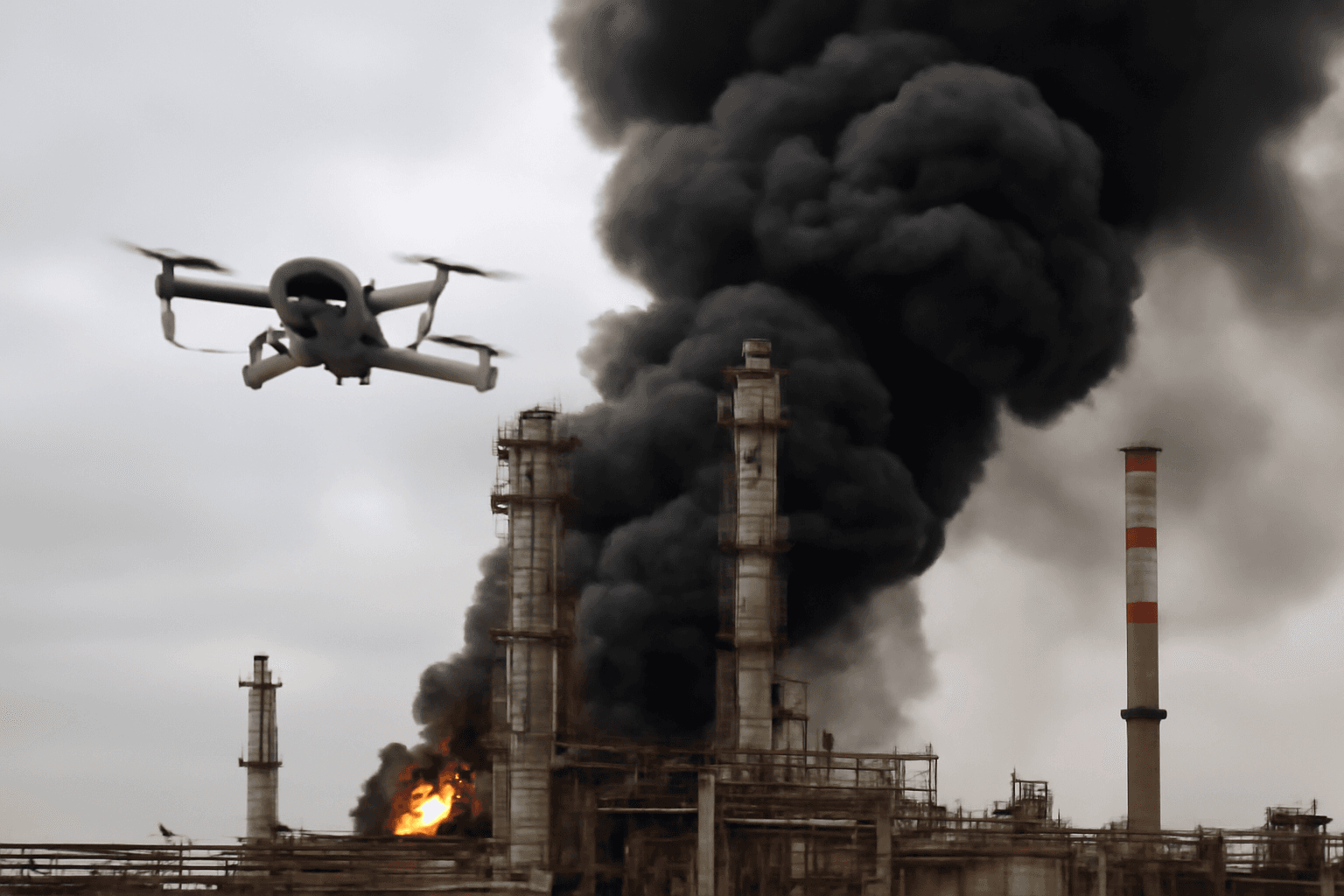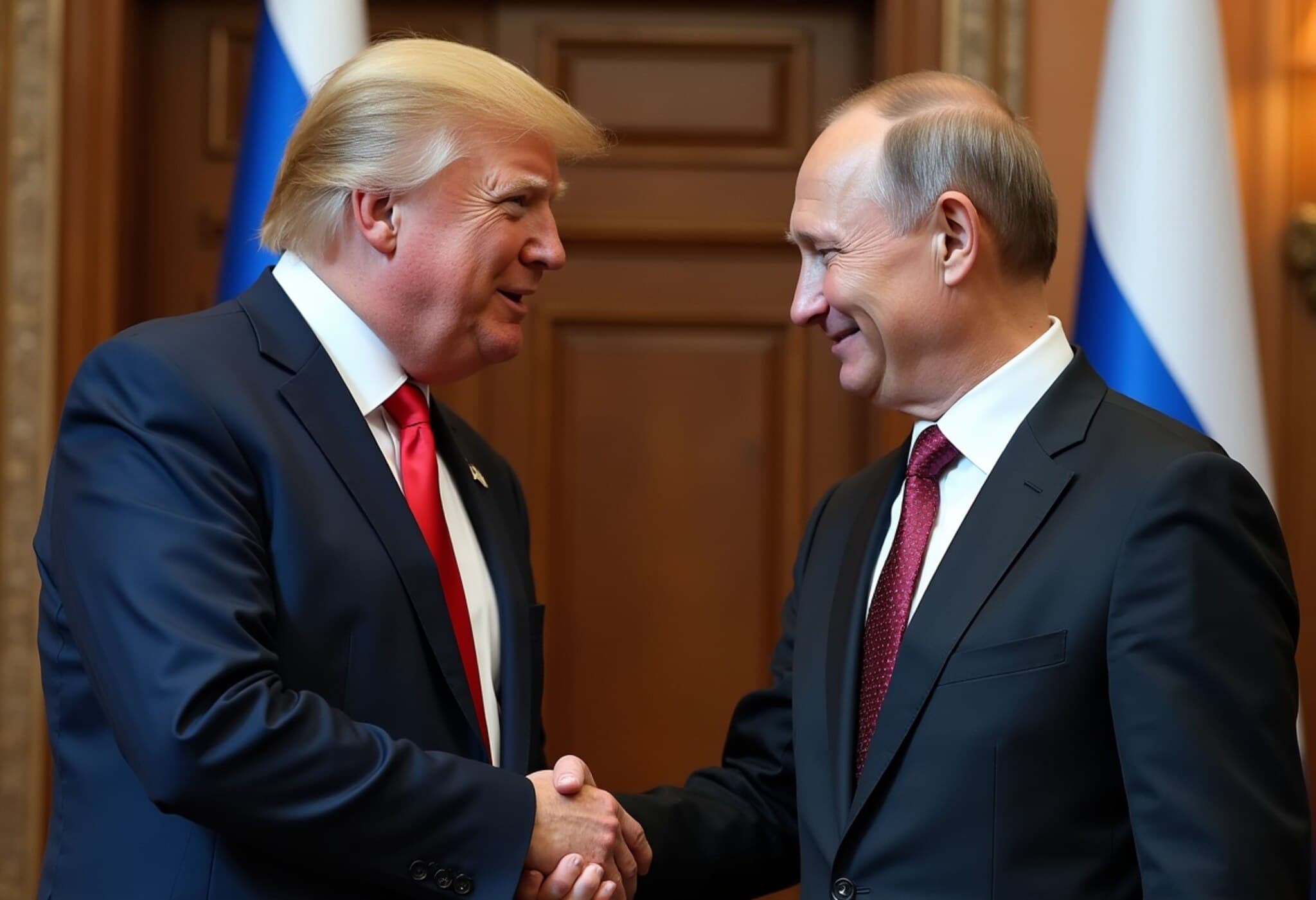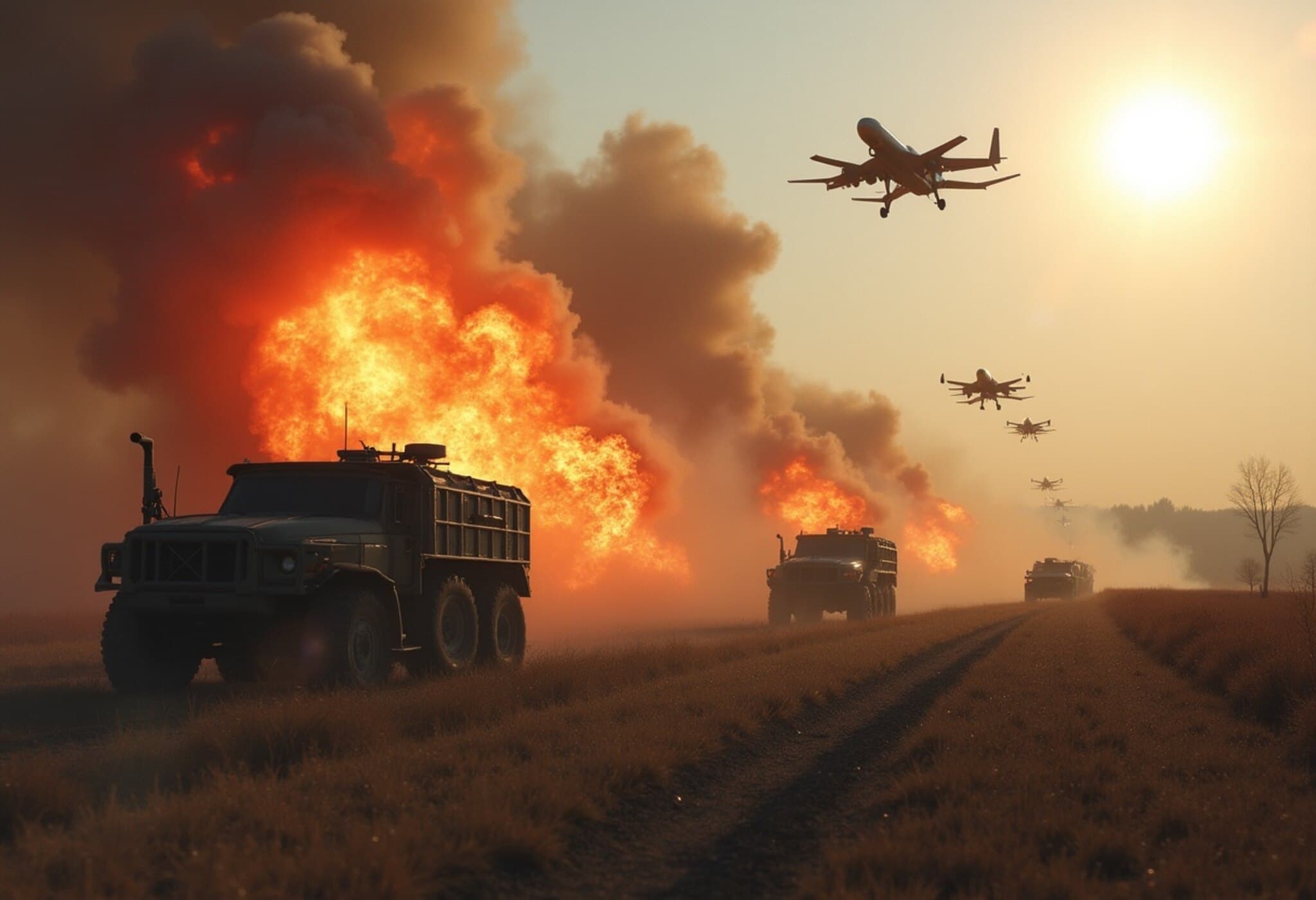Russia Intensifies Drone and Missile Attacks on Kyiv, Claiming a Life
In a gruesome escalation, Russian forces launched a fresh wave of drone and missile assaults across Ukraine overnight on July 21, 2025. The capital city of Kyiv bore the brunt of this sudden offensive, suffering multiple fires and at least one fatal casualty, local authorities confirmed.
Devastation Across Kyiv's Districts
Kyiv’s mayor, Vitali Klitschko, spoke solemnly about the widespread impact, underscoring the swift response of rescue workers and medical teams mobilized at sites spanning four different districts. The attacks damaged essential community infrastructure including a subway station in the city center, various shops, residential buildings, and even a kindergarten, highlighting the human cost beyond the immediate military confrontation.
Residents once again found themselves plunging into the relative safety of underground shelters during what many described as another restless and anxiety-laden night. Explosions echoed throughout the city as Ukrainian air defense systems battled to intercept the incoming drones and missiles, a grim reminder that civilians remain entrenched in the frontlines.
Widening Impact: Kharkiv Also Under Fire
The eastern city of Kharkiv, Ukraine’s second-largest urban center, also faced multiple explosions, according to Oleh Synehubov, the regional governor. Although details on the extent of damage and casualties remain scarce, the incident signals the persistent threat Russian attacks pose far beyond Kyiv.
Expert Analysis: The Broader Geopolitical and Humanitarian Implications
This recent spike in Russian drone and missile barrages underscores a disturbing trend in hybrid warfare tactics — aiming not only to erode Ukraine's military capacity but also to fracture civilian morale by targeting urban areas directly. The assault on public spaces like kindergartens is particularly troubling from a human rights perspective and raises complex questions about wartime accountability and international law.
Moreover, these attacks come amidst ongoing diplomatic strains, with Western nations continuing to supply Ukraine with advanced defense systems. Analysts note that the evolving conflict increasingly incorporates asymmetric elements, such as the use of drones, which challenge traditional defense frameworks and require adaptive security responses.
What This Means for Kyiv’s Citizens
- Constant Preparedness: Kyiv residents must remain vigilant, frequently seeking shelter amid sudden strikes.
- Civilian Infrastructure at Risk: Damage to commercial properties and public transit illustrates how the war disrupts daily life and economic activity.
- Psychological Toll: Prolonged exposure to attacks has far-reaching mental health implications, underlining the need for increased humanitarian support.
Looking Ahead: Critical Questions and Regional Context
As Ukraine continues to face relentless assaults, several urgent questions arise:
- How will Ukraine’s air defense systems adapt to mitigate the sophisticated drone threats?
- What measures can the international community implement to better protect civilians caught in urban combat zones?
- How might these attacks influence ongoing diplomatic efforts and peace negotiations?
These events highlight that Ukraine’s struggle is not only a military confrontation but also a deeply human crisis demanding global attention.
Editor’s Note
The relentless drone and missile attacks on Kyiv serve as a stark reminder that modern warfare increasingly blurs lines between combatants and civilians, placing urban populations in grave danger. Beyond the immediate physical devastation, the psychological scars and societal disruptions signal an enduring impact that may outlast the conflict itself. As the international community weighs its response, a renewed focus on protecting civilian infrastructure and supporting mental health services in war zones is paramount.

